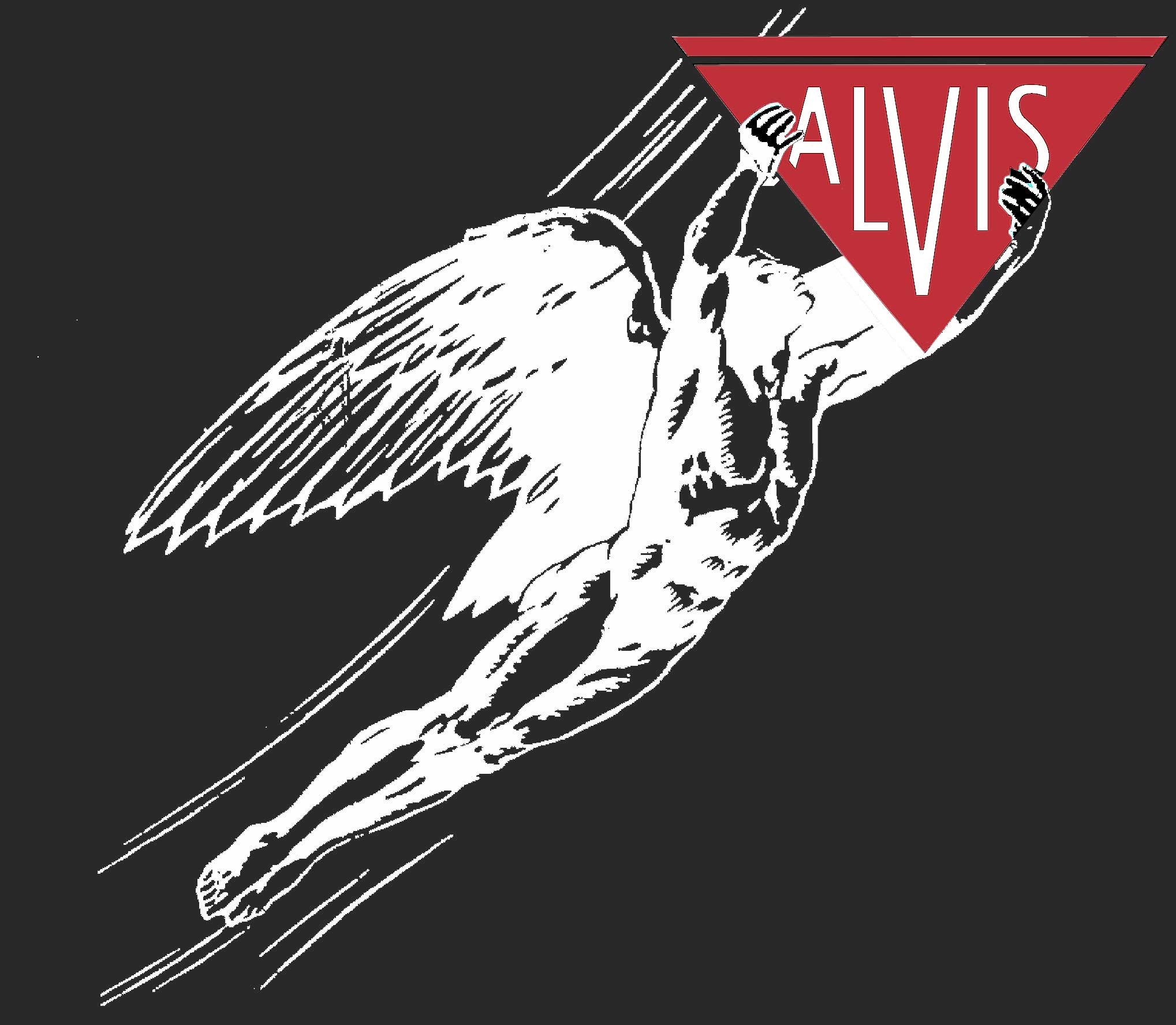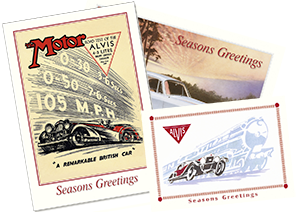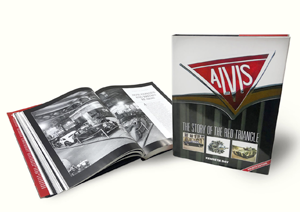ABOUT RED TRIANGLE
Alvis were true automobile engineers. Everything from the concept to the finished rolling chassis was designed and engineered by Alvis, complemented by a range of eye-catching bodywork from leading coach builders of the time.
The result – cars of outstanding reliability, impressive performance and stunning good looks. Alvis were hand built cars of exceptional quality, designed and manufactured by a British company.
For almost fifty years, Red Triangle has provided a unique service of parts and restoration for Alvis cars based on quality, authenticity and customer care. We are committed to continuing the tradition created by Alvis and providing a high quality service to enthusiasts around the world.
1919
1921
1922
1923
1925
1926
1927
1928
1930
1931
1932
1933
1934
1935
1936
1937
1938
1939
1940
1942
1946
1948
1950
1951
1952
1953
1955
1958
1959
1961
1962
1963
1965
1966
1967
1968
1980
1990
1997
2003
2008
2009
2010
2011
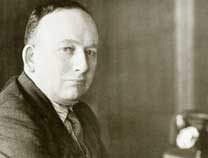
1919
T. G. John begins manufacturing Alvis cars in Coventry with coachwork supplied by Cross & Ellis and Carbodies.

1921
The first Alvis model, a 10/30, wins a gold medal in the London to Holyhead Trial.

1922
Introduction of the 11/40 and 12/40 models.

1923
First 12/50 model launched. Alvis works 12/50 wins the 200 Miles Race at Brooklands at an average speed of 93.29 mph. Alvis take 39 class records in one day at Brooklands.

1925
A supercharged Alvis front wheel drive laps Brooklands at 104 mph.
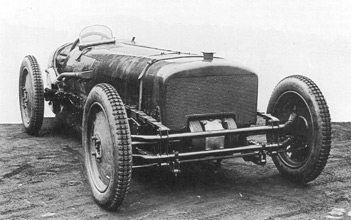
1926
Alvis design and race the first straight eight front wheel drive Grand Prix racing car.
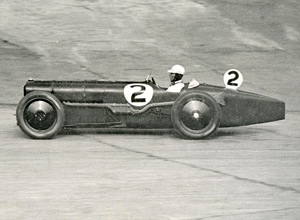
1927
A supercharged Alvis straight eight front wheel drive Grand Prix car laps Brooklands at 121 mph. 14.75 model introduced as the first six cylinder car.

1928
Alvis win the 1500cc class at Le Mans in a front wheel drive. The Alvis Company manufacture and market the world's first front wheel drive production car.

1930
Alvis straight eight FWD sports cars take the first three places in the 1500cc class at the Tourist Trophy.
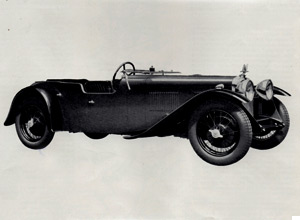
1931
Production of the 12/60 Sports begins. The Speed 20 SA first appears at the Scottish Show.

1932
Four cylinder Firefly model introduced to replace the 12/50 and 12/60 models.

1933
Alvis design the world's first all synchromesh gear box and initiate the first British car with independent front suspension. Vanden Plas and Charlesworth are designing coachwork for the speed models. Crested Eagle and Speed 20 SB are announced.

1934
A new Firebird model replaces the Firefly.

1935
Speed 20 SC is launched and an all new six cylinder 3.5 Litre model is revealed.

1936
The final Speed 20 development, the SD model is introduced and the new Speed 25 and Silver Crest models are announced along with the 4.3 Litre, the fastest production saloon available with a top speed of over 100 mph.

1937
The 4.3 Litre ‘Short Chassis’ tourer with coachwork by Vanden Plas is launched. The new 4 cylinder 12/70 model is announced.

1938
Racing Driver Tommy Wisdom laps Brooklands at 119mph in an Alvis 4.3 Litre Vanden Plas tourer. The company expand the manufacture of aero engines and armoured vehicles.

1939
The Alvis Company controls 21 'shadow' factories producing aero engines for the RAF.

1940
November 14th the Alvis factory is badly damaged by the German Luftwaffe during the Coventry Blitz.
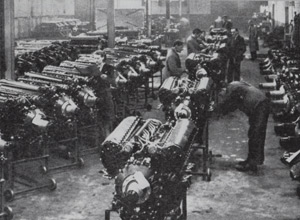
1942
Alvis test Merlin engines for Spitfires in one of their 21 “shadow” factories.

1946
Alvis return to car production with Mulliners and Tickford designing coachwork for the TA14. They continue producing aero engines and military vehicles.

1948
The company announce the TB14, a sports version of the TA14 the with coachwork by AP Metalcraft of Coventry.

1950
Alvis introduce the new 3 litre straight six engine and start production of the TA21. Swiss coachbuilder Herman Graber begins designing coachwork for the new Alvis chassis.

1951
TB21 sports roadster goes into production.

1952
Alec Issigonis joins Alvis to design a prototype 3500cc V8 engine.

1953
The TA21 is replaced by the TC21 and further upgraded to the TC21/100 - the '100' designating a true top speed of 100mph.

1955
The TC21/100 is replaced by the TC108G. The UK version is built by Willowbrook under licence to Graber.

1958
Alvis announce the new TD21 Series I with coachwork built by Park Ward based on a body design by Graber of Switzerland.

1959
History is made when the first hovercraft SR.N 1 crosses the Channel powered by an Alvis Leonides engine.

1961
Further optional refinements were now available on the TD21 Series I such as overdrive, automatic transmission and reclining seats.

1962
The TD21 Series II is launched with further enhancements such as disc brakes all-round and a five-speed ZF gearbox.
1963
The TE21 is introduced with five speed transmission as standard, optional power steering and twin 'stacked' headlights.

1965
Alvis merges with Rover.

1966
The 150 bhp TF21 Series IV is announced and is the last Alvis model to be produced.

1967
After 47 years and manufacturing almost 22,000 motor vehicles Alvis end car production at Holyhead Road.
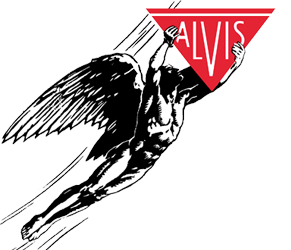
1968
The Alvis Company relocates the passenger operations to Kenilworth with the complete stock of parts, 22,000 Car Records and over 50,000 works drawings, technical data sheets and correspondence files to support the existing customers with parts and service.

1980
The company continues supporting Alvis owners with parts and service for post war cars.

1990
As the interest in classic cars increases the company expands its range of work to include full restoration.

1997
The company embarks on a major investment in manufacturing parts for all Alvis models from 1920 to 1967. A new paint re-finishing plant is installed.

2003
The Company makes further investment into modern restoration equipment including new a chassis dynamometer.

2008
An engine test cell is installed with a new Superflow engine dynamometer.

2009
The new 4.3 Litre chassis and ash frame development is completed.

2010
A new car showroom is opened with workshop facilities for new car production.

2011
The new 4.3 Litre ‘Continuation Series’ makes its debut at Goodwood Festival of Speed. The first order is taken.
